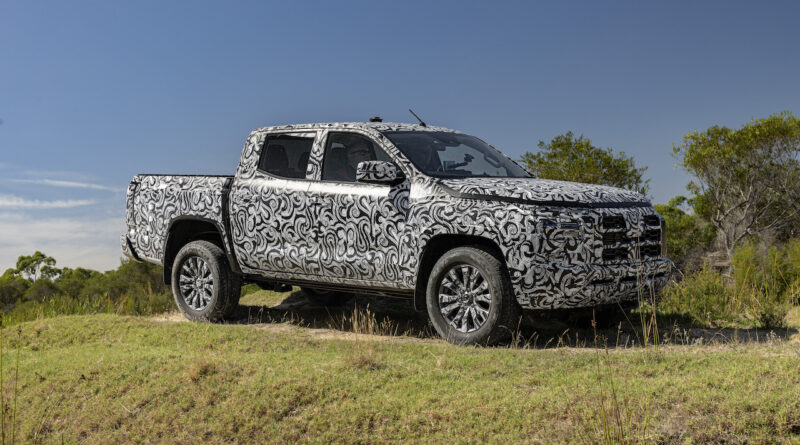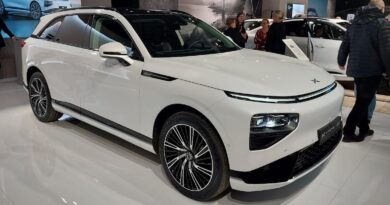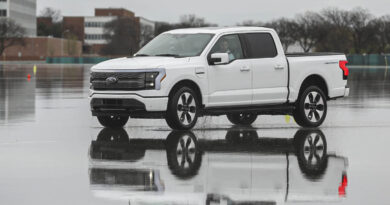Confirmed! Mitsubishi Triton to target BYD Ute and Ford Ranger with all-new plug-in hybrid system
The new Mitsubishi Triton is joining the petrol-electric plug-in hybrid rush alongside the 2024 BYD ute and 2025 Ford Ranger PHEV.
An all-new PHEV system is being developed for the new Triton, which debuts in Australia with an orthodox turbo-diesel engine next February.
The new PHEV set-up is required because the existing design is for vehicles such as the Outlander SUV with transverse engines and light off-road loads.
READ MORE: Nissan and Mitsubishi micro EVs are the cheap electric cars we need‘
READ MORE: Mitsubishi Eclipse Cross Plug-in Hybrid EV review
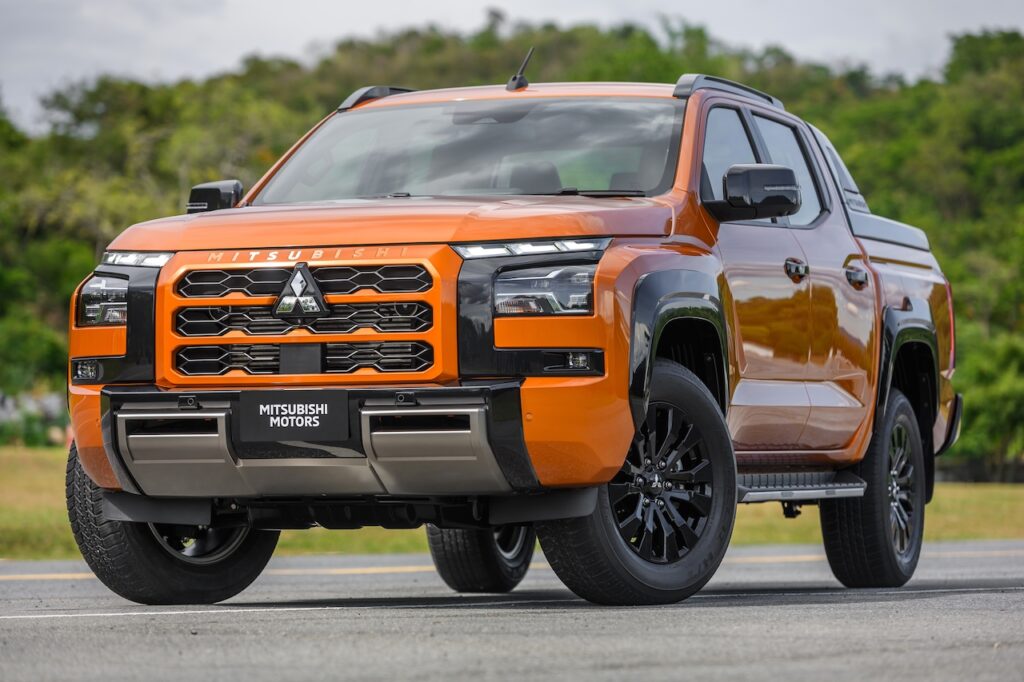
But the Triton in 4×4 guise is designed to be a heavy duty off-roader with high and low-range transmissions.
“In order to have an off-road capable vehicle with the current PHEV technology, in a Triton-type powertrain a completely different type is needed, different from Outlander,” Mitsubishi Motors 4×4 and engineering guru Kaoru Sawase told EVCentral at the Japan Mobility Show last week.
“Mitsubishi Motors are researching and developing such a system, but at this moment launching time is not decided yet.”
Mitsubishi has been clear about its desire to go electrified and electric with Triton but the need to develop a new PHEV system was previously unknown.
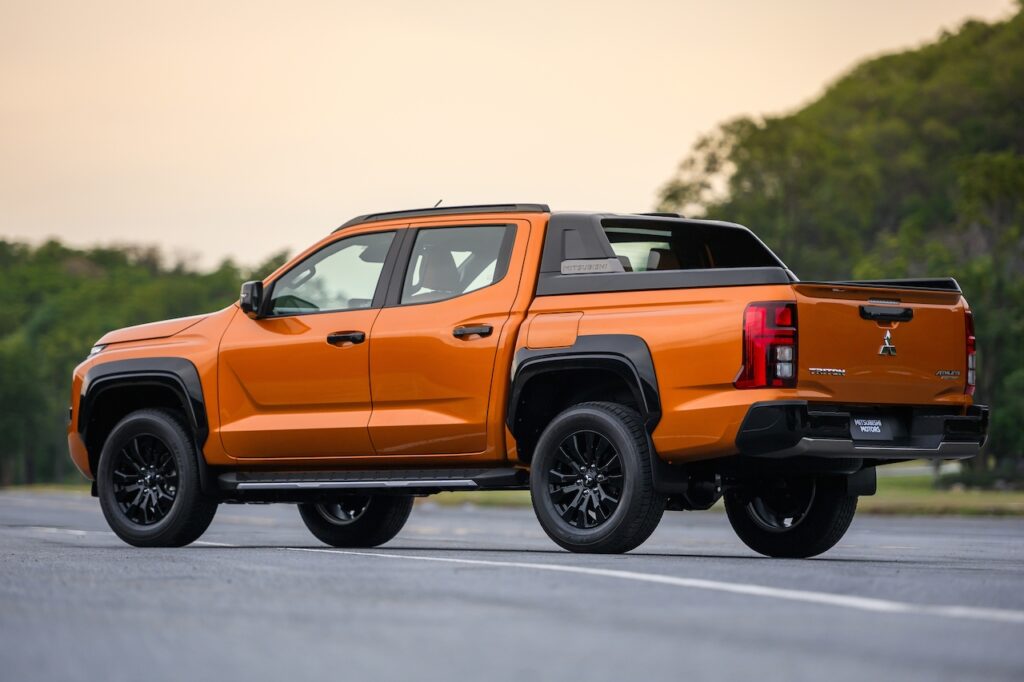
Sawase said the Triton’s PHEV system would share similarities with the P2 modular design used by the Jeep 4XE and Land Rover/Range Rover.
The P2 system incorporates a 48v electric traction motor and related tech as a module between an existing engine and transmission and allows pure electric driving via a disconnect clutch.
It can be used with both hybrid and plug-in hybrid systems. Mitsubishi execs have previously stated a hybrid Triton would be a likely first launch option because its smaller battery would be easier to fit within the ladder frame than a PHEV battery.
“Up to this moment our PHEV technology is transverse powertrain design, based on a front-wheel drive, or all-wheel drive,” Sawase said.
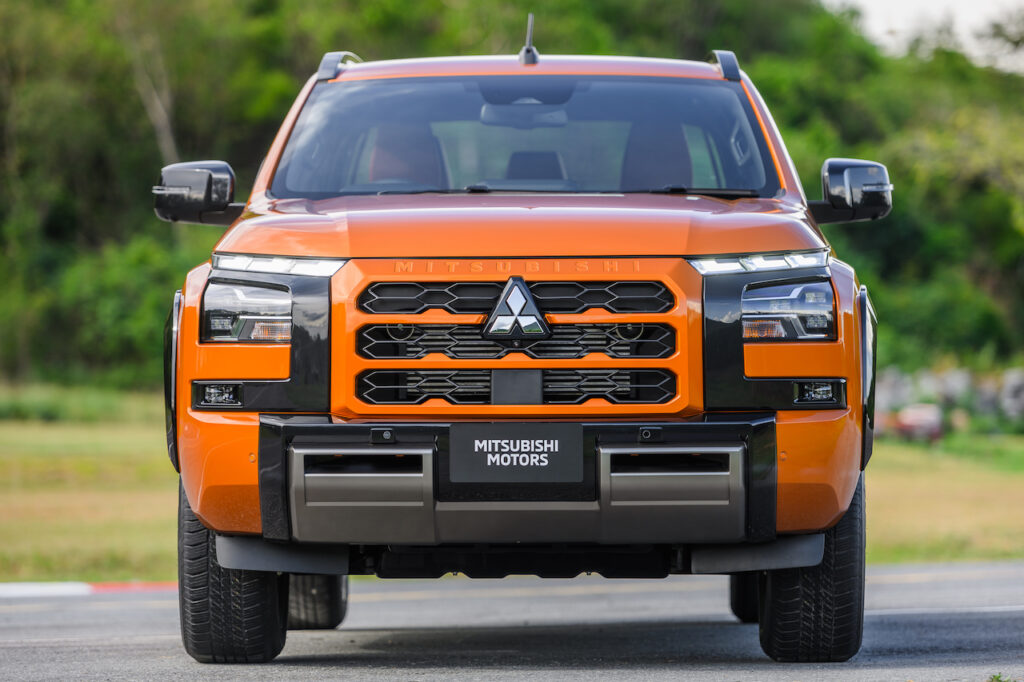
“The Triton is a longitudinal powertrain design, and also when comparing the Outlander and the Triton, the expected off-road capability level is pretty different.”
Sawase confirmed the PHEV system would employ a petrol engine, dismissing diesel as too expensive even while acknowledging it’s what most buyers would probably prefer.
The new PHEV system would be available to other Mitsubishi 4x4s such as the Pajero Sport SUV and a potential reborn Pajero
Mitsubishi’s alliance partners Nissan and Renault may also want access to the tech.
While Sawase made it clear Mitsubishi was confident of delivering a Triton PHEV, a pure battery electric version was problematic for some years yet.
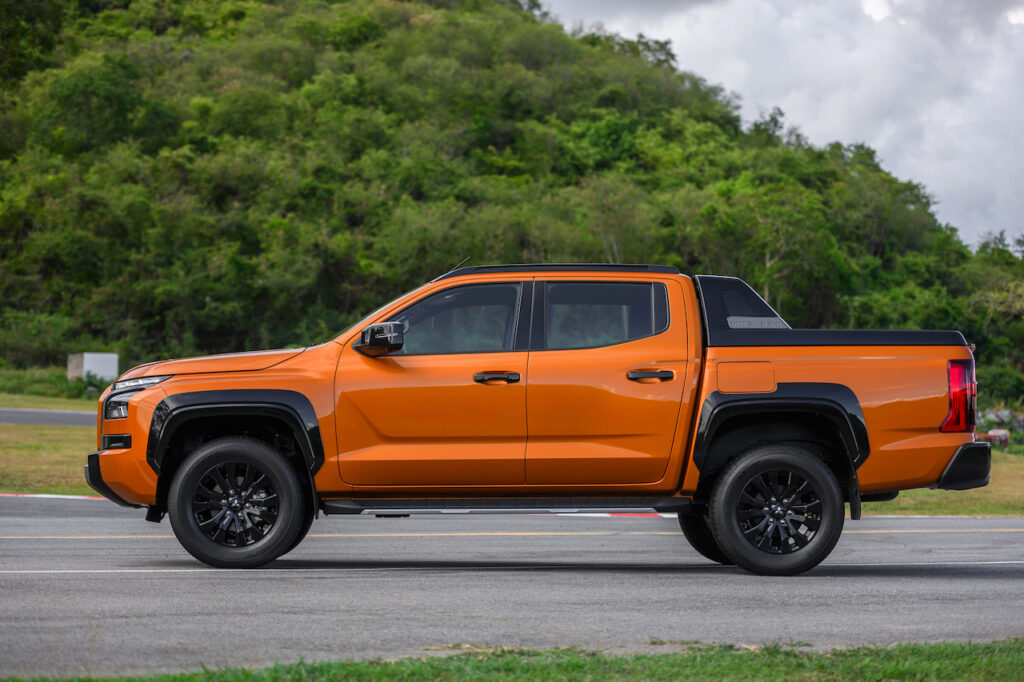
“In the future we must improve the performance of the e-machine,” he said.
“Current e-machine spec is peak power is very high, but continuously power is low. In order to drive off-road, for example on sand or mud, or for driving distances that are very high, in that case we need a continuous output.
“With current e-machine technology, that is limited point. But maybe in five or something years or so, maybe continuously power of e-machine will improve.”
Sawase’s five year forecast tallies with an announcement by Mitsubishi last March that it plans to have a pick-up BEV by 2028.

